- Home
- Machining techniques
- CNC Machining Services
- Cooperative supply services
- Designs
- Materials
- Finishing Services
- Shop
- Products
- Guide
- About Us
- Contact Us
2023.7.17
Concrete screws are a type of screw generally used in concrete, brick, and block, how do you tell if a screw is a concrete screw and when should you use it? In this article, let’s learn about concrete screw basics and the drill bit size used for that.
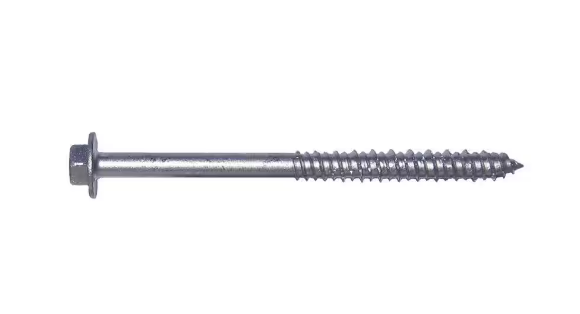
A concrete screw, also known as Tapcon, is a type of fastener specifically designed for fastening objects to concrete, masonry, or other solid materials. It is commonly used in construction and DIY projects to securely attach items like fixtures, brackets, and light-duty structural elements to concrete surfaces.
To tell if a screw is a concrete screw, you can look for the following characteristics:
1. Thread Pitch: Concrete screws typically have a coarse thread pitch to provide better grip and secure attachment into concrete. The thread pitch is usually more pronounced compared to screws designed for wood or metal.
2. Thread Design: Concrete screws often feature a unique thread design that includes alternating high and low threads. This design facilitates easier and faster installation by reducing the resistance and allowing the screw to cut and tap into the concrete.
3. Tip: Concrete screws may have a hardened, pointed, or self-tapping tip. These tips are designed to penetrate the concrete material and help initiate the screwing process.
4. Head Type: While different head types can be used, concrete screws often come with hexagonal heads (hex heads) or Phillips heads to allow for easy installation using appropriate tools like a socket wrench or a screwdriver.
5. Material and Coating: Screws for concrete applications are typically made from hardened steel, which provides the necessary strength and durability to resist the forces exerted during installation and use. They may also have a corrosion-resistant coating, such as zinc plating or epoxy coating, to protect against rust and other environmental factors.
When should you use a concrete screw?
Concrete screws are commonly used in various applications where there is a need to fasten objects, fixtures, or components to concrete or masonry surfaces.
1. Installations in Concrete Structures: Concrete screws are widely used in construction projects to fasten items like handrails, brackets, shelving, electrical boxes, conduit straps, signs, and lightweight structural elements to concrete walls, floors, or ceilings.
2. Anchoring Objects: When you need to securely anchor objects to concrete, such as securing equipment, machinery, or heavy fixtures to the floor, concrete screws are a popular choice. They provide a strong and reliable attachment point.
3. DIY Projects: Concrete screws are also handy for various do-it-yourself projects around the house or garden, such as attaching outdoor lighting fixtures, hanging shelves, mounting brackets for heavy mirrors or artwork, or securing downspouts and gutters.
4. Temporary Fixing: Concrete screws can be used for temporary applications as they can be easily removed if necessary. For example, temporary construction barriers, staging, or props can be attached to concrete using screws and later disassembled when no longer needed.
Dynabolt vs concrete screw, what are the differences?
1. Design: Dynabolt, also known as wedge anchor or expansion bolt, features a two-piece design. It consists of an externally threaded anchor body and an internally threaded expansion clip or nut. Concrete screws have a one-piece design with threads along the entire length of the screw.
2. Installation: Dynabolt requires drilling a hole into the concrete, inserting the anchor body, and then tightening the expansion clip or nut to expand the anchor and create a secure hold. Concrete screws, on the other hand, are typically self-tapping screws that can be directly driven into the pre-drilled hole without the need for additional expansion mechanisms.
3. Strength: Dynabolt anchors generally have higher load-bearing capacities compared to concrete screws, making them suitable for heavy-duty applications. The expansion mechanism of a Dynabolt provides excellent pull-out resistance and load-bearing capabilities.
4. Installation Flexibility: Concrete screws offer more flexibility during installation. They can be easily removed and reused, making them suitable for temporary or adjustable installations. Dynabolts, once installed and expanded, are not designed for removal and may not be reusable.
5. Length Options: Dynabolts are available in longer lengths, making them suitable for applications requiring deeper embedment in the concrete. Concrete screws typically have shorter lengths, making them appropriate for shallower embedment or lighter-duty applications.
6. Application Scope: Dynabolts are commonly used in applications that require high load-bearing capacity, such as supporting heavy machinery, structural connections, or safety installations. Concrete screws are versatile and widely used for attaching light to medium weight objects, such as handrails, signage, and shelving brackets.
The size of the drill bit required for concrete screws depends on the diameter of the screw and the manufacturer’s recommendations. Common diameters of concrete screws are ranging from 3/16″ to 3/4″. Typically, the drill bit size for concrete screws is slightly smaller than the diameter of the screw itself to ensure a proper fit and secure installation.
For 3/16″ diameter concrete screws: Use a 5/32″ or 3/16″ drill bit.
For 1/4″ diameter concrete screws: Use a 3/16″ or 1/4″ drill bit.
For 5/16″ diameter concrete screws: Use a 1/4″ or 5/16″ drill bit.
For 3/8″ diameter concrete screws: Use a 5/16″ or 3/8″ drill bit.
For 1/2″ diameter concrete screws: Use a 3/8″ or 1/2″ drill bit.
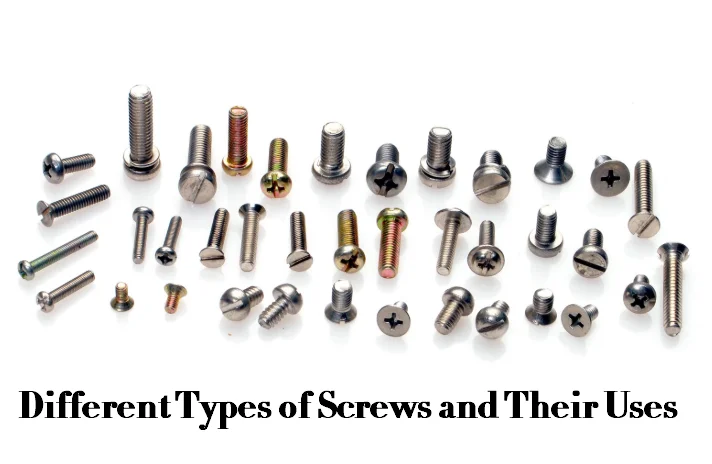 Different Types of Screws and Their Uses – Understanding Wood Screws, Machine Screws and More | CNCLATHING
Different Types of Screws and Their Uses – Understanding Wood Screws, Machine Screws and More | CNCLATHING
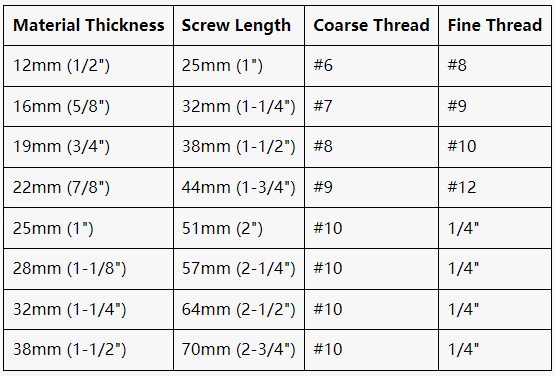 Pocket Hole Screw Size Chart, Length Calculator, Types & Selection | Pocket Hole Screw Guide
Pocket Hole Screw Size Chart, Length Calculator, Types & Selection | Pocket Hole Screw Guide
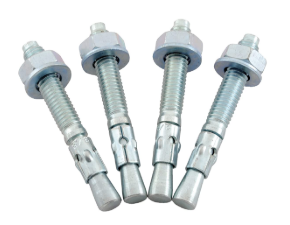 Bolts Types and Sizes: Metric & Imperial Bolt Dimensions Chart | CNCLATHING
Bolts Types and Sizes: Metric & Imperial Bolt Dimensions Chart | CNCLATHING
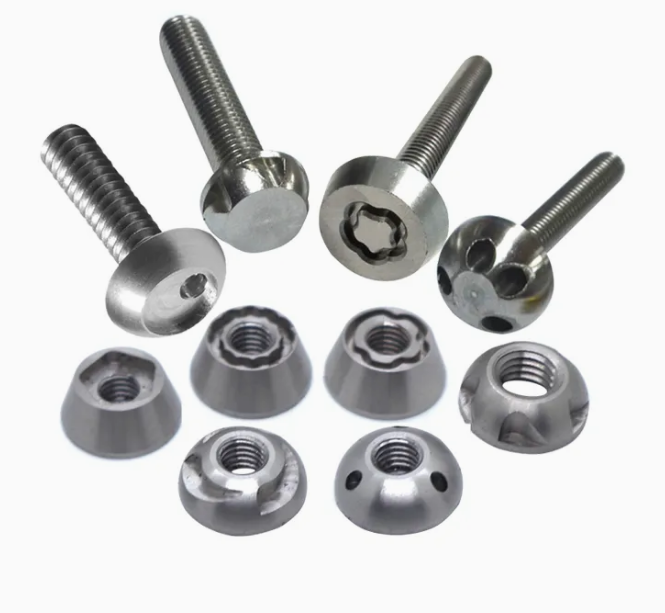 What Are Anti-Tamper Screws – Tamper Proof Security Screw Types, Uses, Removal and More
What Are Anti-Tamper Screws – Tamper Proof Security Screw Types, Uses, Removal and More
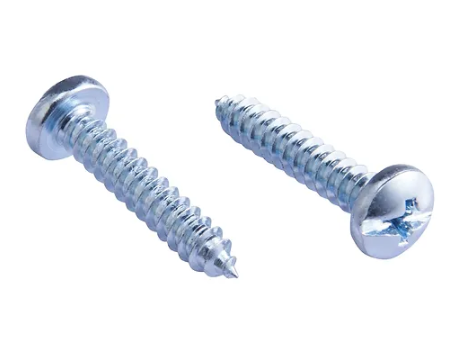 What Are Sheet Metal Screws – Sheet Metal Screw Types, Uses, Sizes & Comparison with Others
What Are Sheet Metal Screws – Sheet Metal Screw Types, Uses, Sizes & Comparison with Others
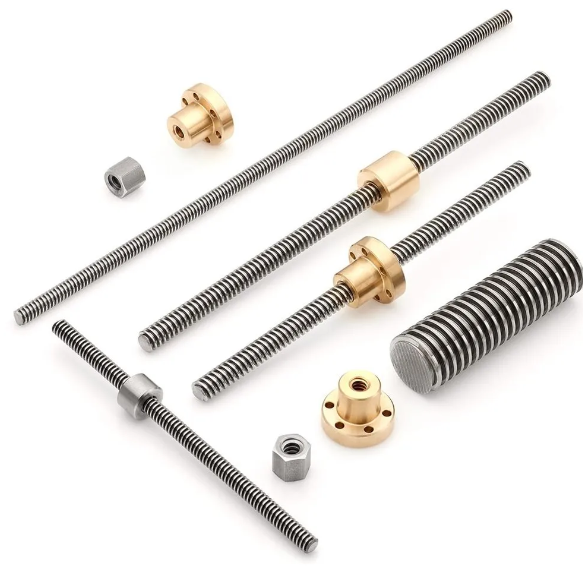 Ball Screw vs Lead Screw, What’s the Difference Between Them
Ball Screw vs Lead Screw, What’s the Difference Between Them
